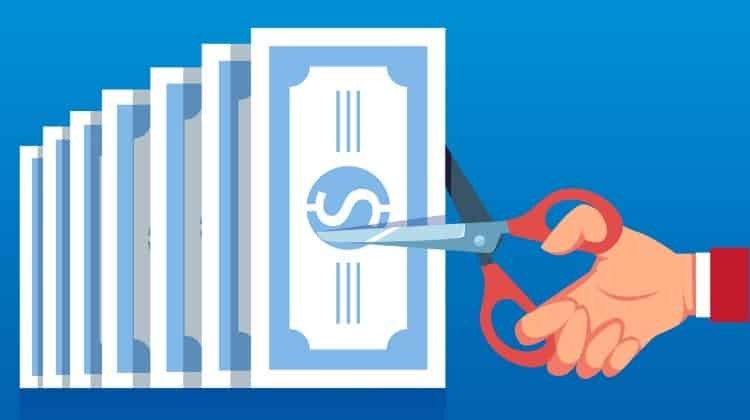Low Budget PPC Tips: Get Results on a Shoestring Budget
by Ana Gotter • March 12, 2019
Last week, I was talking with a friend who is about six months into their new interior design business. They’re getting by on referral traffic, but struggling to grow or scale the way they’d like. I asked if they’ve ever thought about PPC advertising like Google Ads, and they said no, because they only had $200 to spend on marketing a month, and PPC was “too expensive.”
This is a very big and very common misconception, particularly in small brands. Advertising platforms have gotten a reputation as being expensive, and while they definitely aren’t cheap, they’re also cost-effective. You pay for what you can afford. If you only have $200 a month, you can make it count, especially with the right low budget PPC strategies in place.
Interested in getting the most bang for your buck and being able to run those ad campaigns on a shoestring budget? Let’s take a look at low budget PPC tips to help you maximize your ad spend and get those clicks fast.
1. Look for High Volume, High Intent, Low Competition Keywords
Brands with big budgets can really target whatever keywords they want and bid higher, ensuring they get the top ad placement. This is harder to do when you’re on a tighter budget, so your best bet is strategically choosing the right keywords to get you results.
It may take a little more research to find them, but high volume, high intent, and low competition keywords are a perfect way to best connect with your target audience. The high intent will be key here. If you can find a keyword that signals a high intent to purchase but relatively low competition, that’s a great way to make an easier and more budget-friendly conversion.
Let’s say you sell different types of dance shoes, often to aspiring dancers and their studios. You can sell these under the all-encompassing term “dance shoes,” but you’ll see that “tap shoes” and “ballet slippers” both have similar lower CPCs and are higher intent due to their specificity. “Dance shoes” could mean anything. Someone looking for “ballet slippers” is looking for something specific, making that click potentially more valuable. “Tap shoes” even has a similar search volume to “dance shoes.”
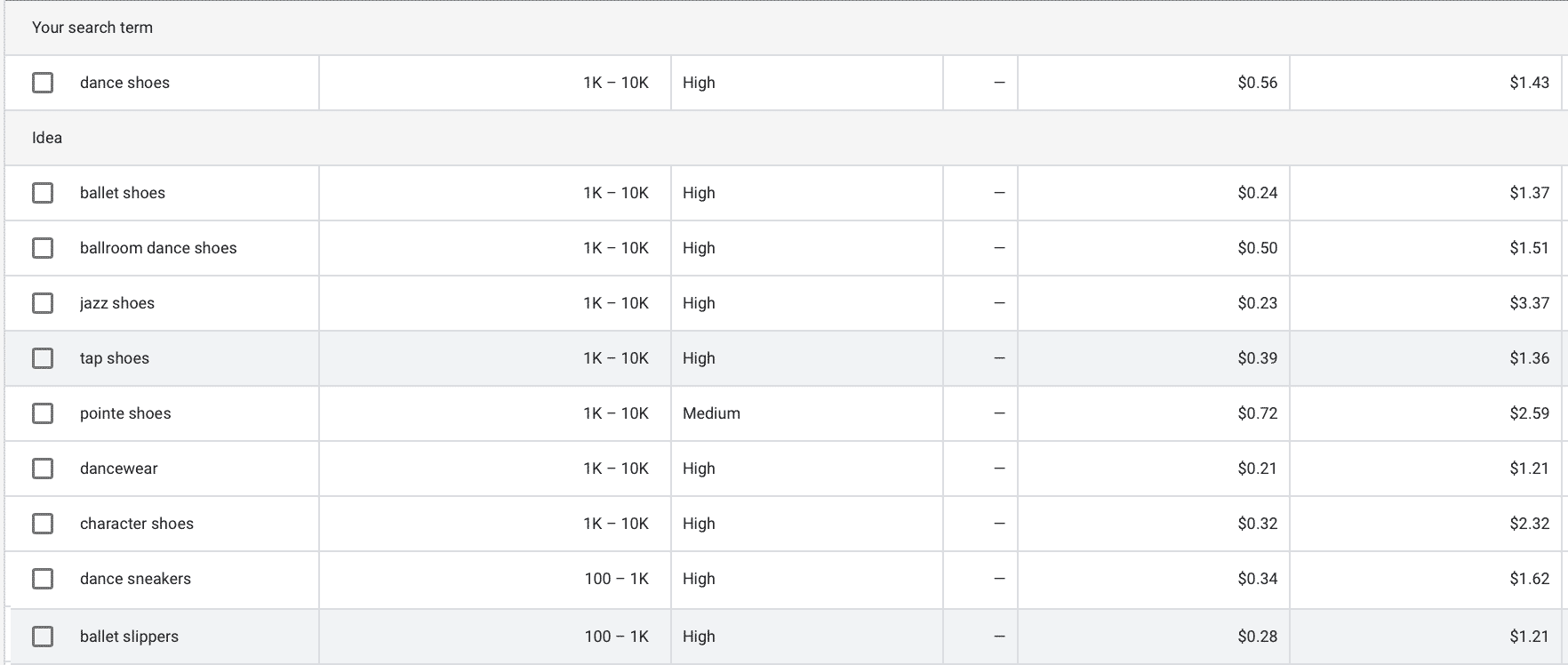
While you may only be saving around $.10 per click, this can start to add up quickly, especially since higher intent keywords means that those clicks are more likely to turn into profitable conversions. In some cases, the differences can be much greater than ten cents—you could be looking at dollar differences, which add up even faster.
2. Use Small Ad Groups
Smaller ad groups with fewer keywords are almost always the best way to go. Instead of trying to toss in every keyword you think your audience might search for, the goal with small ad groups is to run tight, focused campaigns. You create different groups of keywords that are immediately relevant to each other, which ensures that you can create an ad campaign that’s directly relevant to the specific services your audience is looking for.
Tighter ad groups and their resulting relevance can mean that Google positions your ad ranking or increases your impression share, even if your bid isn’t as high as some of your other competitors.
https://giphy.com/gifs/macklemore-ebro-this-is-hot-97-G2E9F3gV17Vkc
If you have an interior design business, for example, maybe you also have landscaping services alongside it—but that’s not something that most people would assume. If someone searches for “landscape services” and just sees an ad for an interior designer, they won’t click. A better bet would be to run at least two separate ads, clearly advertising the services that users are looking for.
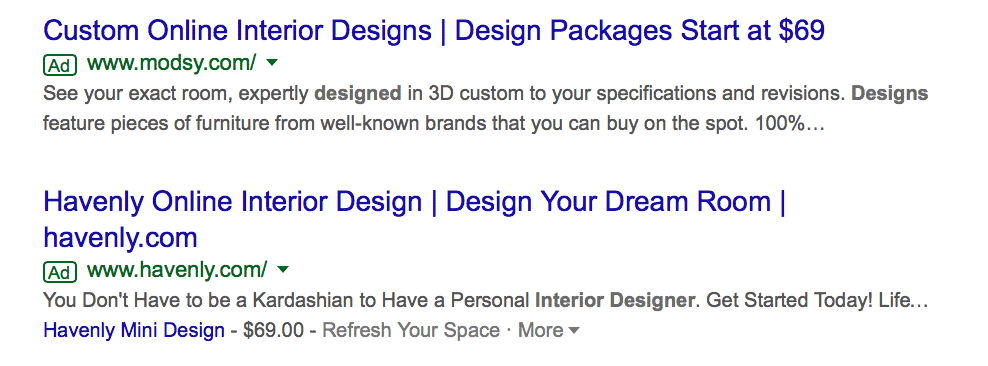
When in doubt, use negative keywords to negate any irrelevant placements. If you do opt to target landscaping services but don’t offer tree removal, you can list “landscaping removal” as a negative keyword. If you notice that you’re getting a lot of clicks but no conversions from a slightly irrelevant keyword that doesn’t match what you offer as your campaigns progress, adapt and add it to the negative section quickly.
3. Run Fast Split Tests
Testing is going to be an important factor in ad optimization. You’ll almost never run a perfect ad campaign the first time around, and this is just part of the process.
Split testing (also known as “A/B testing”) will allow you to assess how different strategies, audience targeting, keyword groups, or ad copies work for your campaigns.
Testing, of course, can be expensive, because you’re using ad spend to see what works instead of just knowing what works and optimizing from that from the beginning. It’s also necessary, especially since well-optimized campaigns are the best way to get big results on a not-so-big budget when every penny needs to count.
In order to get the data you need to run high-ROAS campaigns, you do need the tests, but you can limit their financial impact on your budget by making these tests as quickly as possible. Rapid-fire testing will run low-budget campaigns for a period of a few days (at least 4 at the minimum), see what works, and then pause the campaigns that aren’t working as well. Allocate the ad spend to more profitable campaigns and implement what you’ve learned for the next stage of tests.
4. Set Manual Bids
If you’re on a shoestring budget, you likely know exactly what you can afford to pay for each click, especially once you factor in that each click is not guaranteed to lead to a conversion. You might know that you can only afford to spend $1.22 per click, and you can’t go a penny over it.
Google Ads gives you the option to set manual bids, which allow you to set firm limits of how much you’re willing to spend.
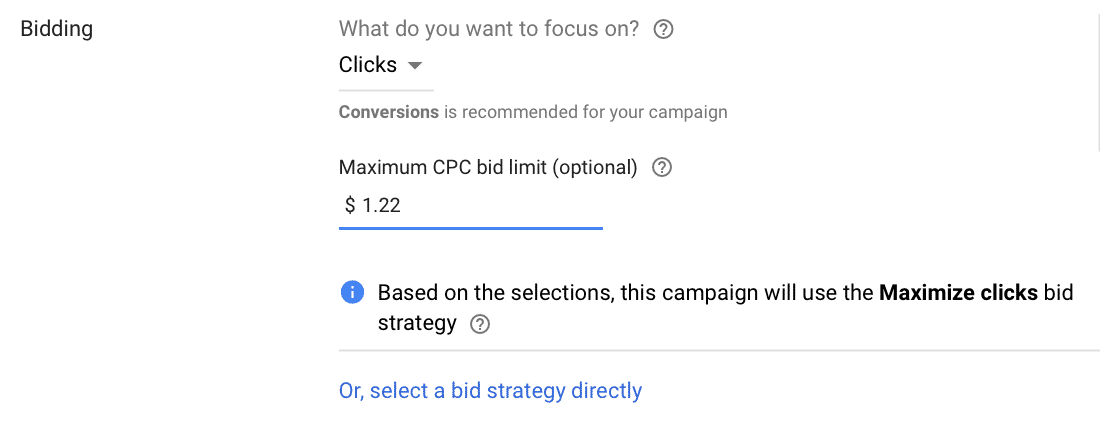
This option gives you much more control over what you’re spending on and for what. You’ll never be able to guarantee that you’re only paying for conversions directly, but it does allow you to determine how much you want to spend on clicks. You can always change this from campaign to campaign, too; if clicks on certain high-value keyword groups are worth more, you can increase its bid limit while keeping it lower on others.
5. Utilize Remarketing Campaigns
Remarketing is the process of using customer lists or a customer’s online activity (especially in relation to your site) to connect with them again. Remarketing campaigns have the distinct advantage of being highly profitable, and can even sometimes yield more results at a lower cost.
The reason why is simple: this audience seeing your ad is already familiar with you in some way and you know exactly what that way is, meaning you can create campaigns more likely to appeal to them and their needs or interests. They’re more likely to click, and they’re also more likely to convert and for higher-than-average purchase values, so you’re going to get a much higher ROAS.
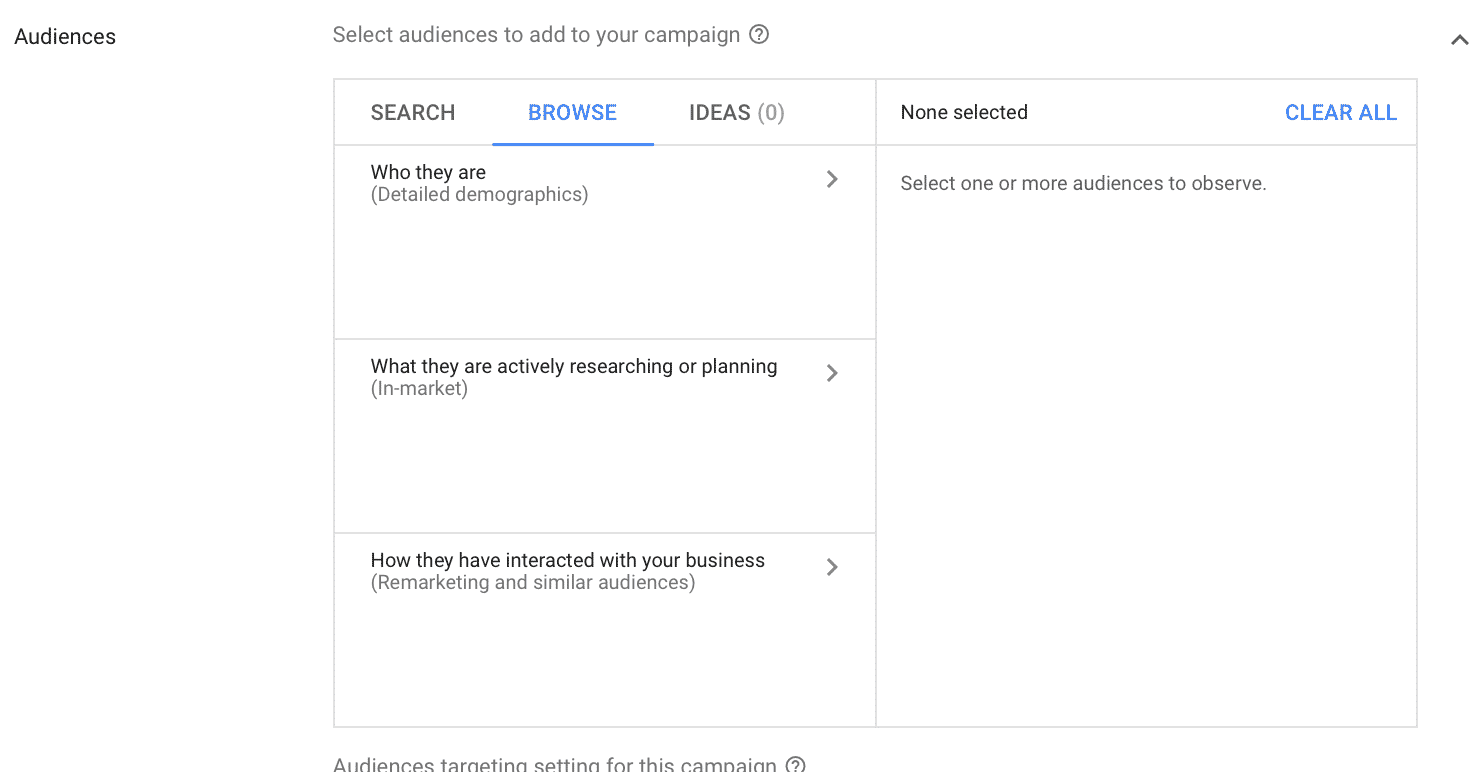
This is going to be most applicate for Google’s display ads, which appear on in-network sites online and can include text, images, and videos. You can upload customer lists or choose to retarget users who have visited key pages on your site. If they’ve viewed a product but not your checkout page, you know they were considering something specific, for example, and may be open to purchasing with the right reminders.
When you’re using remarketing campaigns, keep it niched down so that your audience has a great deal in common, but not so small that it isolates too much of your audience. This will be the sweet spot to getting reach and relevance-driven results at the same time.
Conclusion
One of the best things about PPC ad platforms like Google is that you have a lot of control in how much you’re willing to spend and on what. Sure, you might not be able to rank as high as companies with unlimited bids or have as much of the impression share as those with budgets giving them tens of thousands of dollars per month, but that’s okay. You can get great results at a proportion cost, helping you to grow your business, which will give you more profit to invest back into ad spend, scaling quickly.
If you’re on a tight budget, give these PPC tips a shot and see how they work for you. A little bit of testing and fine-tuning might be needed up front, but it will be a worthwhile investment and keeping the tests short can keep your costs at a manageable level.
Want to learn more about how to optimize your ad budget to the fullest extent? Send us a message to learn more about what we can do for you.
What do you think? How do you maximize your ad spend? Do you have any low budget PPC tips that we missed? Share your thoughts, strategies, and questions in the comments below– we can’t wait to read them!

